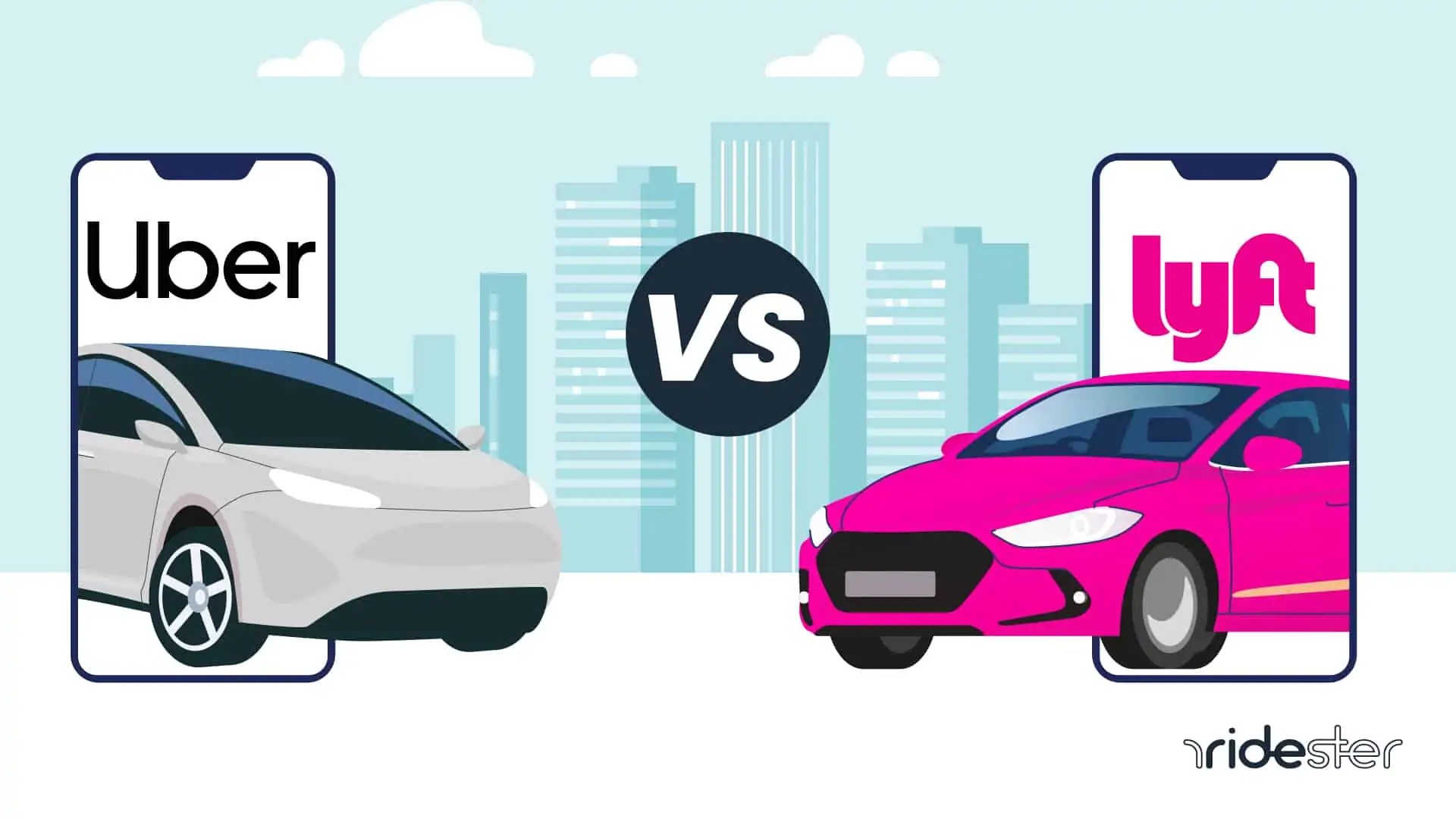In the battle of ridesharing giants, the question on many people's minds is: is Lyft cheaper or Uber? With both services dominating the market, understanding their pricing structures, features, and overall value can make a significant difference in your travel experience. As urban mobility evolves, more riders turn to these platforms for convenient transportation. This article will delve into the intricacies of Lyft and Uber, helping you make an informed choice when deciding which service to use.
In this extensive comparison, we will analyze the pricing models of both Lyft and Uber, exploring various factors that influence overall costs. Additionally, we will take a closer look at the unique features, customer service experiences, and geographical availability of each service. By the end of this article, you will have a clearer understanding of whether Lyft or Uber is the more budget-friendly option for your travel needs.
Furthermore, we will present insights based on user experiences, expert opinions, and statistical data to provide a well-rounded perspective on this topic. Whether you are a frequent traveler or an occasional rider, our goal is to equip you with the knowledge necessary to make the best choice for your next ride.
Table of Contents
- 1. Pricing Models of Lyft and Uber
- 2. Factors Affecting Ride Prices
- 3. Special Features of Lyft and Uber
- 4. Geographical Availability
- 5. Customer Service Comparison
- 6. User Experiences and Reviews
- 7. Safety Considerations for Riders
- 8. Final Thoughts: Lyft vs. Uber
1. Pricing Models of Lyft and Uber
When it comes to pricing, both Lyft and Uber utilize a dynamic pricing model that adjusts based on demand, time of day, and distance of the ride. However, there are some differences in their base fares and surcharges:
- Base Fare: Lyft typically has a lower base fare than Uber in most markets.
- Per Mile and Per Minute Rates: Both services charge for distance and time, but their rates can vary significantly.
- Surge Pricing: During peak demand, Uber tends to implement surge pricing more aggressively than Lyft.
Comparative Analysis of Fares
To provide a clearer picture, let’s look at a comparative analysis of fares in a major city:
| Service | Base Fare | Per Mile Rate | Per Minute Rate |
|---|---|---|---|
| Lytf | $2.00 | $1.10 | $0.25 |
| Uber | $2.50 | $1.30 | $0.20 |
2. Factors Affecting Ride Prices
Several elements can influence the cost of your ride, including:
- Time of Day: Late-night rides can be more expensive due to increased demand.
- Location: Urban areas often have higher fares than suburban regions.
- Type of Ride: Both services offer various ride types, from economy to luxury, which affects pricing.
3. Special Features of Lyft and Uber
Both Lyft and Uber have unique features that cater to different preferences:
- Ride-Sharing Options: Uber offers Uber Pool for shared rides, while Lyft has Lyft Line, providing similar services.
- In-App Features: Both apps allow you to track your ride, share your ETA, and pay electronically.
- Ride Types: Lyft and Uber both offer options ranging from economical rides to premium services.
4. Geographical Availability
While both services are widely available across the United States and in many countries worldwide, there are variations in coverage:
- Urban Areas: Both Lyft and Uber are primarily available in major metropolitan areas.
- Rural Areas: Uber tends to have a broader reach in rural areas compared to Lyft.
5. Customer Service Comparison
Customer service experiences can greatly impact your ridesharing experience:
- Contact Methods: Both services offer in-app support, but Uber has been known to have faster response times.
- Issue Resolution: Lyft has received positive reviews for resolving disputes effectively.
6. User Experiences and Reviews
User feedback can provide additional insights into which service offers better value:
- Rider Satisfaction: Surveys indicate mixed experiences, with riders appreciating Lyft's friendly drivers and Uber's efficiency.
- Driver Experiences: Driver satisfaction can also affect the rider's experience; both platforms have their pros and cons.
7. Safety Considerations for Riders
Safety is a paramount concern for rideshare users:
- Background Checks: Both services conduct background checks on their drivers.
- Rider Safety Features: Both apps include safety features like sharing your ride status with trusted contacts.
8. Final Thoughts: Lyft vs. Uber
So, is Lyft cheaper or Uber? Ultimately, the choice between Lyft and Uber depends on several factors, including your specific location, the time of day, and your personal preferences. In many cases, Lyft may offer a lower base fare, while Uber's surge pricing can make it more expensive during peak hours. It's essential to compare fares in real-time before booking your ride.
As you consider your options, think about the features that matter most to you, whether it’s pricing, driver availability, or customer service. Both services have their strengths and weaknesses, so evaluate them based on your unique needs.
Conclusion
In summary, the debate over whether Lyft is cheaper than Uber is nuanced and depends on various factors. We encourage you to explore both apps and compare their pricing in real-time to find the best deal for your next ride. If you found this article helpful, please leave a comment or share it with others. Additionally, feel free to check out our other articles for more insights on ridesharing and urban mobility.
Closing Remarks
Thank you for reading! We hope this article has provided valuable insights to help you navigate the world of ridesharing. We invite you to return for more informative content on transportation and beyond.
Thomas Matthew Crooks: The Face Behind Demolition Ranch
Understanding The Paolo Liuzzo Manslaughter Case: A Deep Dive
The Ultimate Guide To The Pink Flip Phone: A Trendy Tech Classic


